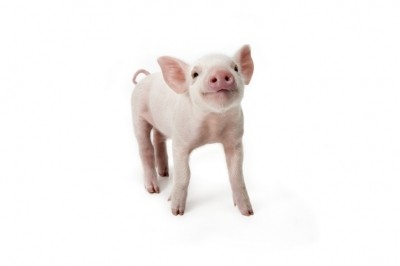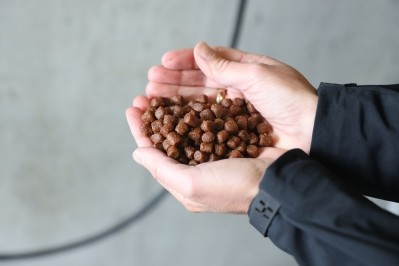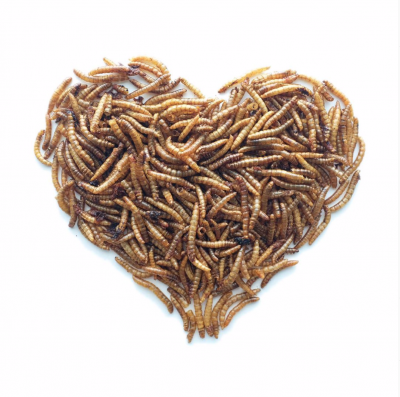The benefits of ‘mini-guts’ for evaluating alternative feed proteins
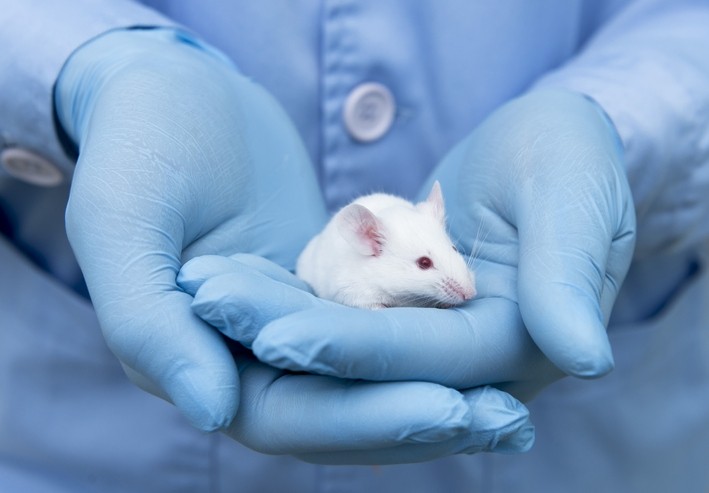
An organoid is a miniaturized and simplified version of an organ, a 3D multicellular in vitro tissue construct that mimics its corresponding in vivo organ, such that it can be used to study aspects of that organ in the tissue culture dish.
“Organoids provide an excellent in vitro model system to study complex traits which are not easily accessible in vivo. Intestinal organoids or mini-guts can be used as models to evaluate transport and interactions between dietary ingredients and the gut wall,” said Professor Jerry Wells from the animal science group, Wageningen University and Research (WUR), who led the research.
The team’s paper was published in the Journal of Animal Science and Biotechnology.
As proof of principal, alternative protein sources in animal feed were introduced to organoids. Wells said the ‘mini-guts’ had a similar response to the protein sources as the intestines in the animal.
There is a lot of interest in alternative sources of protein for animal feed, driven by the expected growth in the global population by 2050 and the resulting increasing demand for animal protein. Alternative sources of protein include insect larvae and blood plasma, said the team, but little is known, however, about their potential non-nutritional effects on the host.
As well as testing soybean meal (SBM) and other feed protein sources such as milk casein (CAS), the researchers evaluated spray-dried plasma protein from porcine blood (SDPP), and ground freeze-dried yellow mealworm larvae (YMW).
Methodology
The team said they generated duodenum organoids from three individual mice, which after being cultured were grown until confluence for three days. After confluence, the monolayers were treated for six hours with 4% SBM, CAS, SDPP, YMW, and a medium control (MC).
After six hours, the monolayers were lysed and processed for gene expression profiling using Affymetrix microarrays, they explained.
Potential effects of protein sources on cell viability and metabolism were measured, to control for unwanted side effects of the treatments such as apoptosis.
Biochemical assays were used to validate production of triglyceride (TG) and phosphatidylcholine (PC), two pathways predicted to be activated by the different protein sources.
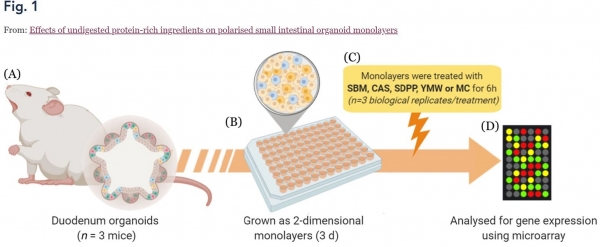
Results
The team said their findings support the use of intestinal organoids as models to evaluate complex interactions between dietary ingredients and the intestinal epithelium and highlight some unique host effects of alternative protein sources in animal feed.
“Our results indicate a direct diet-host interaction of the ‘undigested (non-hydrolyzed)-soluble fraction’ of different protein sources and demonstrates that organoid monolayers are useful models to evaluate complex interaction between feed or food ingredients and the intestinal epithelium.”
All protein sources altered expression of unique biological processes in the epithelial cells, they said. Exposure of intestinal organoids to SBM downregulated expression of retinol and retinoid metabolic processes as well as cholesterol and lipid biosynthetic pathways, consistent with the reported hypotriglyceridemic effect of soy protein in vivo.
“Less studied protein sources such as SDPP and YMW also had significant effects on epithelial gene expression. For SDPP, the main pathways affected indicate a possible stress response or stimulation of epithelial regeneration, for example, through increased cell turn-over.
“Future studies can be focused on verifying the biological processes altered by SDPP and YMW in 2D intestinal organoid models, as well as fractionation of the protein sources to identify bio-molecular component(s) responsible for their effects or pre-hydrolyzed fractions of other food/feed ingredients.”
Wells stressed that the results highlight the possibilities of using organoids to address scientific questions. “Moreover, gut organoids can be frozen and grown for at least several months as an alternative to animal tissue,” he said.
Organoids derived from livestock species
The researchers advise using host-specific organoids to measure the reactions of nutrient or microbes. Thus, for chicken feed research, chicken organoids are preferred, and for pig feed research, pig organoids should be used.
In the Animal Sciences Group, of WUR, pig organoids of both small and large intestine have been developed. Like the mice intestinal organoids, the pig intestinal organoids offer the possibility to measure intestinal functionality including nutrient absorption, barrier function, and immune response, said Wells.
Source: Journal of Animal Science and Biotechnology
DOI: https://doi.org/10.1186/s40104-020-00443-4
Title: Effects of undigested protein-rich ingredients on polarised small intestinal organoid monolayers
Authors: Kar, S.K., van der Hee, B., Loonen, L.M.P. et al.
